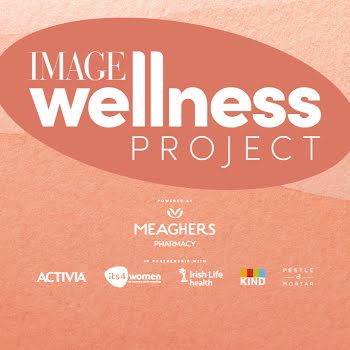
Fawning: The trauma response you may never have heard about
By Amanda Cassidy
12th May 2023
12th May 2023
Have you heard of fawning? If you answered no to that question, you're not alone. Amanda Cassidy explains more about this lesser-known (and yet more common) response to trauma.
We’ve all heard of fight or flight when it comes to dealing with a complex set of circumstances that have happened to you – either in childhood or as an adult. You may even have heard of the freeze response.
But fawning is a lesser-known response to trauma, even though it’s considered a lot more common.
It uses people-pleasing behaviour to appease or supplicate an aggressor, avoid conflict, and ensure safety. This trauma response is exceedingly common, especially in complex trauma survivors, and often gets overlooked.
Examples of fawning include:
- Ignoring your needs to take care of somebody else
- Ensuring that you are as helpful and friendly as possible
- Responding to criticism with praise or admiration
- Never being able to say no
It was first coined by Pete Walker, who wrote about this mechanism pretty brilliantly in his book Complex PTSD: From Surviving to Thriving.
Walker says that this ultimately results in the death of the individual self. When we compulsively mirror what others expect and want from us, we detach from our own sense of identity, our needs, and desires… even our own bodies.
“Fawn types seek merging safety with the wishes, needs and demands of others. They act as if they subconsciously believe that the price to any relationship is the forfeiture of all their needs, rights, prefrences and boundaries.”
Psychologist Dr Ariel Swartz explains further; “Children require healthy, caring, and attentive adults to help them develop their social and emotional intelligence. It is the job of a parent to help children feel safe enough to express uncomfortable feelings. When children feel supported, they learn that stressful moments are only temporary and that they can resolve into positive experiences of empowerment or deepened connections in relationships.”
People pleasing becomes the priority over everything including one’s own needs.
Safe
However, when parents are emotionally withholding, controlling, or abusive, they fail to help their children develop a healthy emotional landscape. Within this unsafe territory, children become hyper-aware of their parents’ distress or are compelled to take care of their parents’ emotional needs. This process of abandoning self for the purpose of attending to the needs of others is called the Fawn Response.
The fawn response is identified by having those who turn their negative feelings towards themselves in the form of self-criticism. People pleasing becomes the priority over everything including one’s own needs.
Author and trauma specialist Dr Gabor Mate puts it another way; “We become disconnected because we learned it is too painful to be ourselves.”
In many cases, according to Walker, the fawning adult was the “good child”, the “quiet child” – the one that never disappoints or cause any problems. You became useful and compliant because endearing yourself to the adult meant there was less chance of them rejecting you.
Survival
It serves well in childhood but is detrimental in adulthood to seek the approval of others in order to justify your self worth.
Feeling unsafe and with the risk of the wrath of a parent or caregiver, the fawn trauma response kicks in and the child shape shifts, agrees and conforms because it was too painful to be yourself.
And the effects can be physiological.
According to Dr Swartz, because a fawn response involves reading the social and emotional cues of others to attend to their needs, it also involves becoming “cut off” from your own needs.
Internalised
From a polyvagal perspective, there is an over-reliance upon the ventral vagal circuit or social nervous system for the purpose of appeasing others. There’s also reliance on the evolutionary older circuit of the vagus nerve called the dorsal vagal complex.
This primitive strategy engages the parasympathetic nervous system to immobilise the defensive strategies of fight or flight. This is important for survival when there is no way to escape an unsafe situation. Over time, relying upon these vagal pathways can lead you to feel exhausted, depleted, or burnt out.
If you identify with this response, there are ways to heal by reconnecting with yourself.
You can reconnect to the part of yourself that was silenced and attune to it. Don’t forget that when you were a child, you may have needed these behaviours to survive; but, now can be different from then. Now, you can learn to take better care of yourself and set healthier boundaries with others.
“Practice listening to your body. Journaling can help you hear your voice so that you can access the truth. Now as an adult, you can give yourself permission to express your authentic feelings.”























